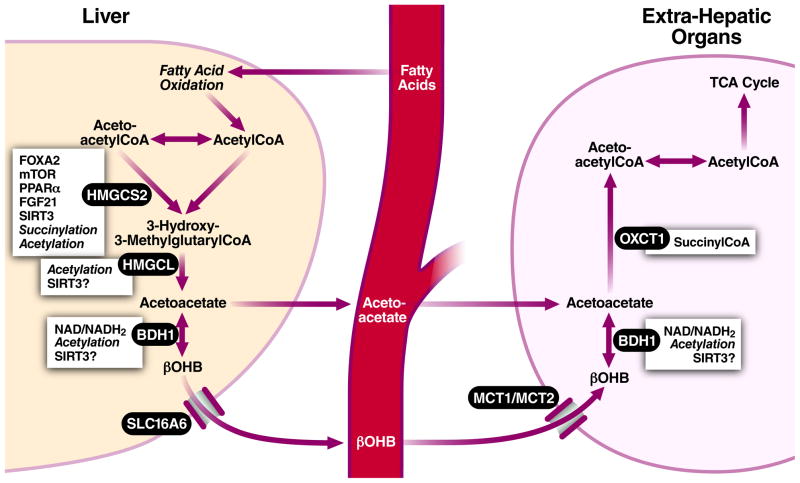Figure 1. Outline of ketone body metabolism and regulation.
The key irreversible step in ketogenesis is synthesis of 3-hydroxy-3-methylglutaryl-CoA by HMGCS2. Conversely, the rate limiting step in ketolysis is conversion of acetoacetate to acetoacetyl-CoA by OXCT1. HMGCS2 transcription is heavily regulated by FOXA2, mTOR, PPARα, and FGF21. HMGCS2 activity is post-translationally regulated by succinylation and acetylation/SIRT3 deacetylation. Other enzymes are regulated by cofactor availability (e.g., NAD/NADH2 ratio for BDH1). All enzymes involved in ketogenesis are acetylated and contain SIRT3 deacetylation targets, but the functional significance of this is unclear other than for HMGCS2. Although ketone bodies are thought to diffuse across most plasma membranes, the transporter SLC16A6 may be required for liver export, while several monocarboxylic acid transporters assist with transport across the blood-brain barrier.

